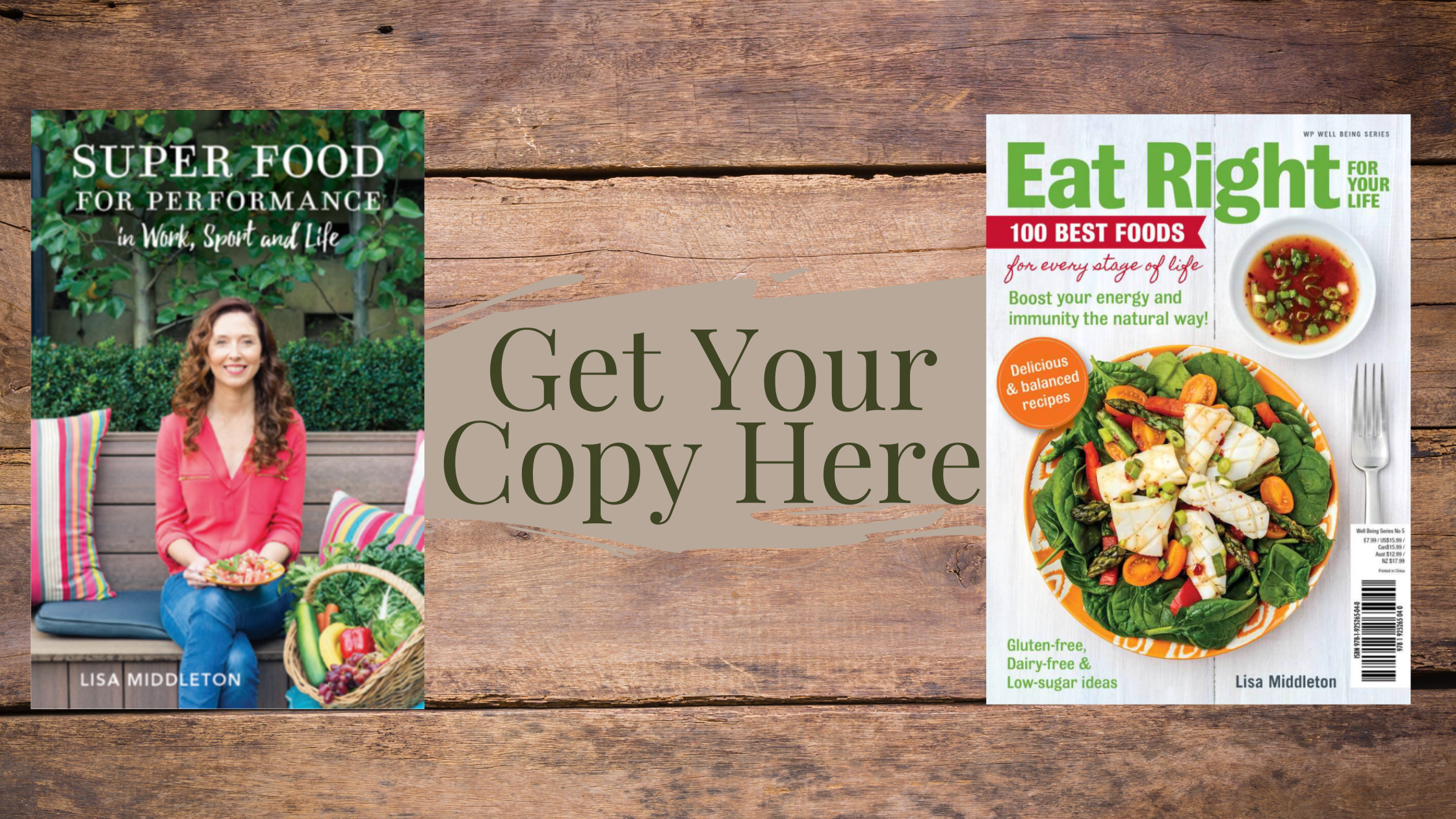Sleep, train, recover, eat, work/study, eat, train, recover…..the life of an athlete can be super-structured and this repetition can also apply to meals and snacks. Some athletes feel it is too difficult to eat out at restaurants when they are trying to meet their performance nutrition needs, so end up avoiding eating out, or find it quite difficult and stressful to make choices when they do venture away from home.
But looking after yourself doesn't mean you have to lock yourself in an altitude tent for a month and live on steamed chicken, broccoli and rice! There are a feast of nutritious eating out options around that contribute to athlete health, nutrition and performance goals. Here are 10 of the best choices to help you enjoy eating out with friends and family, while keeping your training goals on track:
Dinner at the pub should never be a problem - you can always find a grilled steak on the menu. Order with steamed vegetables and baked/roast/sweet potato instead of chips for a meal rich in lean protein, iron, zinc and vitamins. You may need to add some extra carbohydrate to help meet your training needs.
With plenty of fresh herbs, garlic, chilli and fresh vegetables for vitamins and antioxidants, a Thai salad is terrific choice. Vermicelli noodles will provide some fuel, while the meat or chicken provides high quality protein and minerals.
Seafood is a great eating out option, but it’s often served deep fried. Prawns in a stir-fry give you extra vegetables, and by ordering the rice or noodles separately you can vary the amount of carbs to your needs.
You can get just about anything in a bowl these days, even smoothies (which I still don’t quite understand!). Poke bowls originate from Hawaii but are now widely available and traditionally contain plenty of fresh vegetables, rice, pickled vegetables, seaweed, edamame, rice and raw fish.
Most menus these days will offer a grilled or steamed fish options, and it will often be served with green vegetables and soy/ginger/garlic/chilli style sauce. Check out my Instagram for some examples of these, it’s one of my favourite choices when I go out for dinner! If you don't eat much fish at home, choosing it when you are out will help to boost your omega-3 intake.
For a vegetarian option, grilled vegetable stacks can be a great choice, just make sure there is a decent source of protein like haloumi or ricotta cheese or tofu.
Fajitas are the perfect Mexican dish to share with friends. Everyone can pick their own favourite fillings - lean meat or chicken, plenty of vegetables and soft tortillas make for a well-balanced and filling meal.
Protein, minerals, healthy fats, vitamins – lamb and Greek salad are the perfect match. Like many salad meals, you may need to serve with some bread, rice, quinoa or sweet potato for extra energy, depending on your goals and needs.
Asian-style vegetable/noodle soups are a great eating out option, containing lean protein like beef or chicken, plus fresh herbs, vegetables and noodles. Soup is hydrating and assists with recovery and fuelling.
* You may have noticed some common elements to all of these meals - vegetables, herbs, good quality protein, healthy fats and adjustable carbohydrate according to individual needs. Go for nutrient-density and quality for health and performance benefits
* Of course, if you don't eat out too often and are heading out for a celebratory dinner you can throw all this advice out the window and just choose what you really feel like! You never know though, it could still be one of the options above.....
If you are interested in more sports nutrition info, recipes and tips, please add your details for my free newsletter, at the bottom of any page on my website. You can also follow me on Facebook, Twitter and Instagram and look out for my new book Super Food for Performance available for pre-order now, due to arrive in December 2017!




































